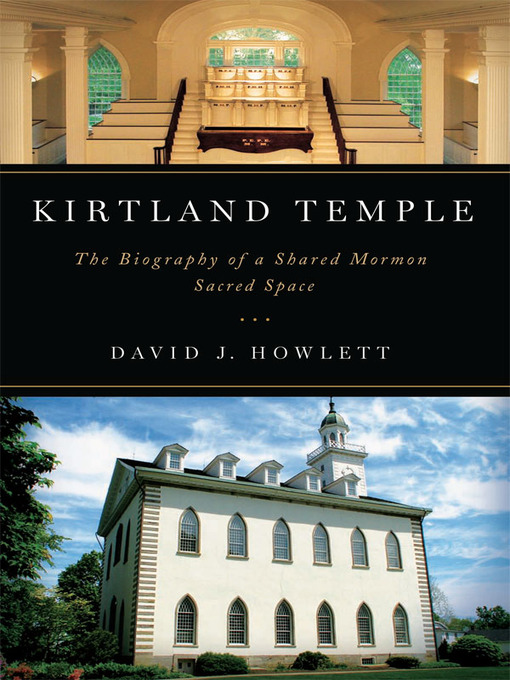- Popular Titles
- Just added
- Must Read Mysteries
- Ready for Romance
- The Suspense is Killing Me!
- Cookin' Up Something Good!
- Up Close and Personal: Biographies and Autobiographies
- Available now
- See all
- Just Added
- Must Read Mysteries
- Ready for Romance
- The Suspense is Killing Me!
- Up Close and Personal: Biographies and Autobiographies
- Available now
- See all
- Cooking & Food
- Home & Garden
- Fashion
- News & Politics
- Celebrity
- Sports
- Business & Finance
- Kids & Teens
- Science
- See all

